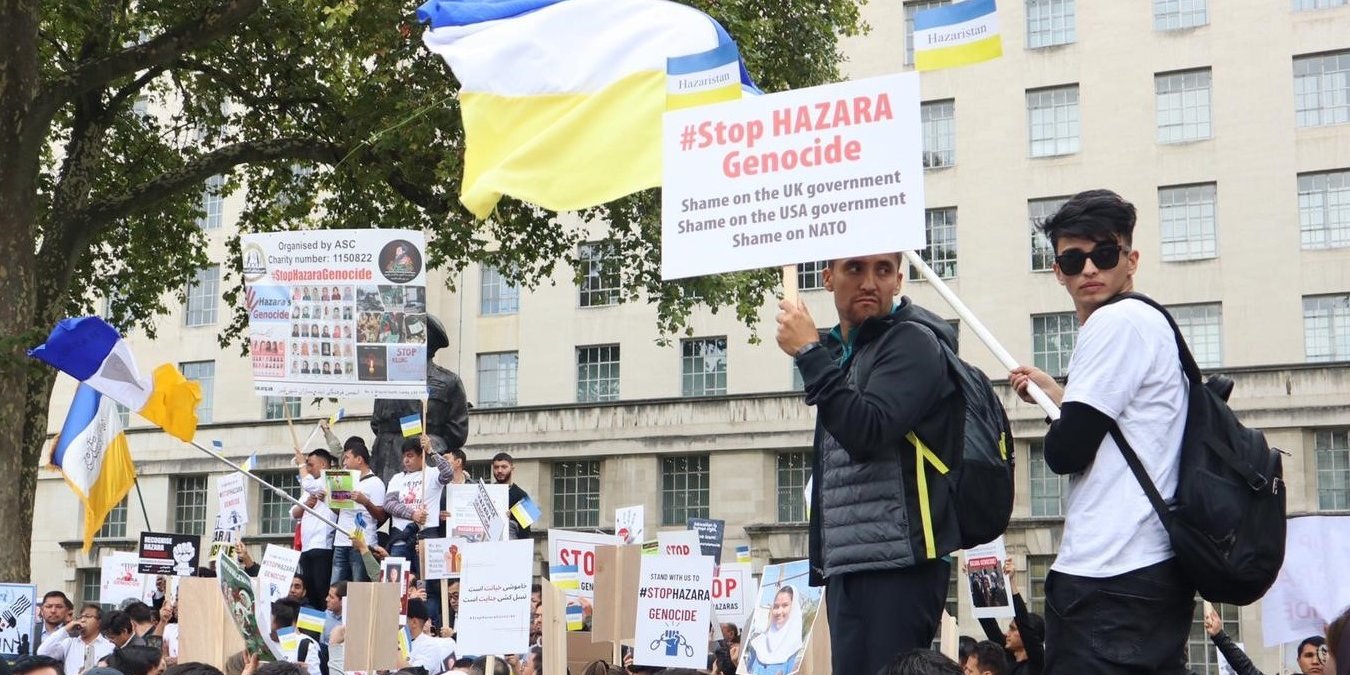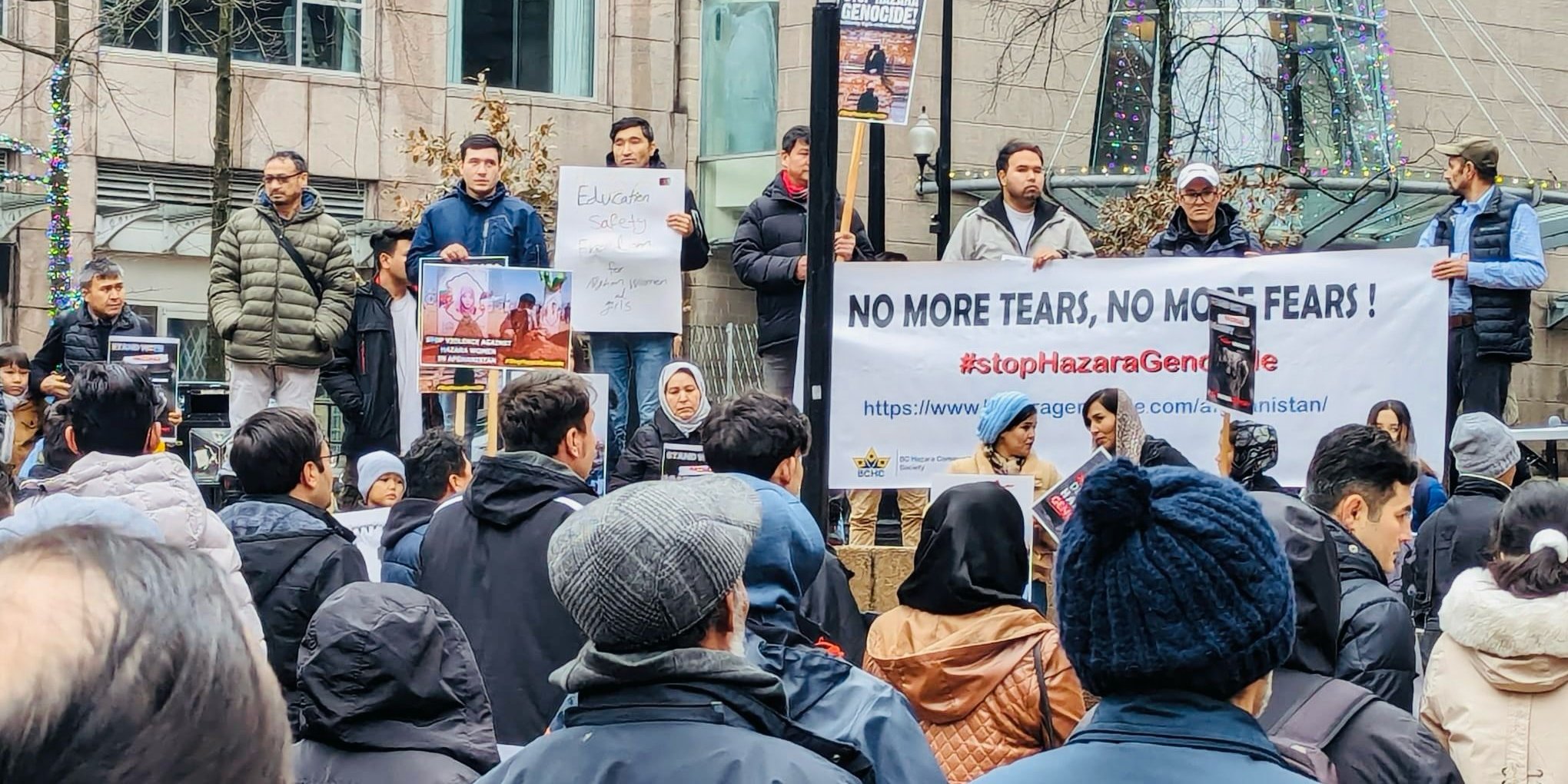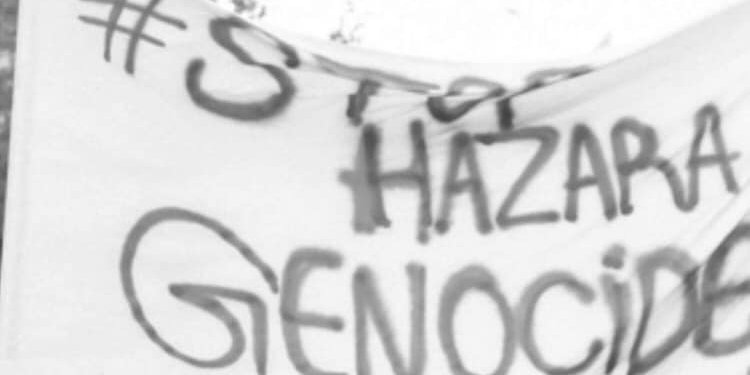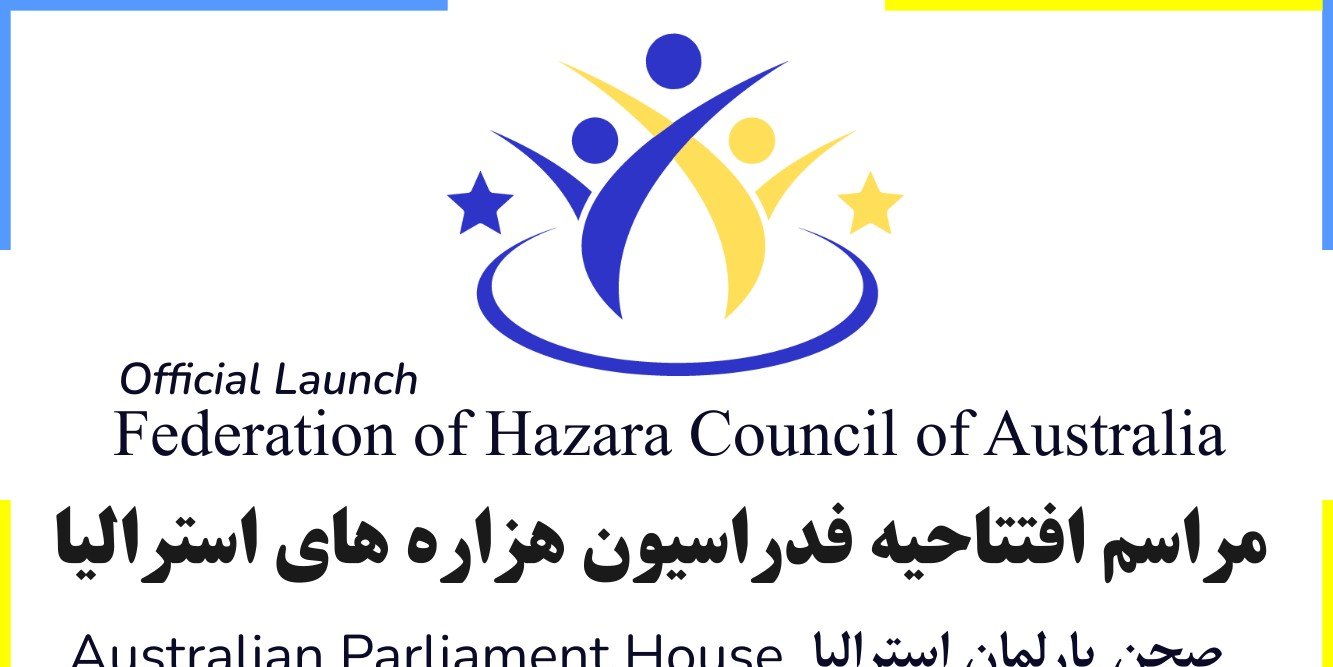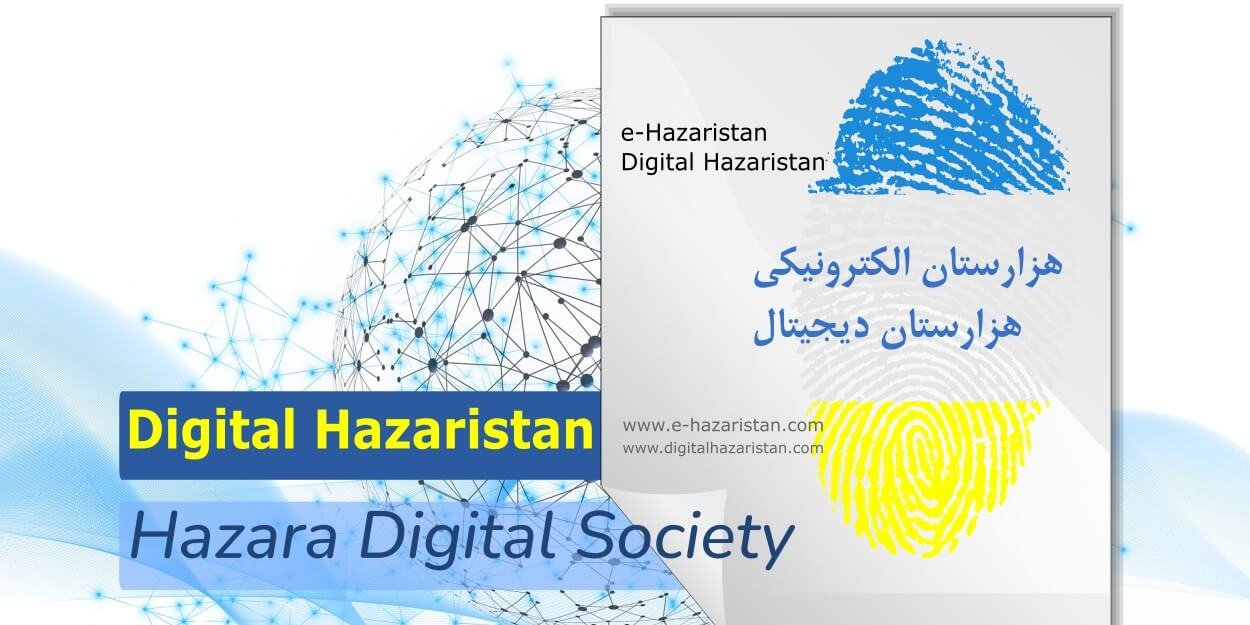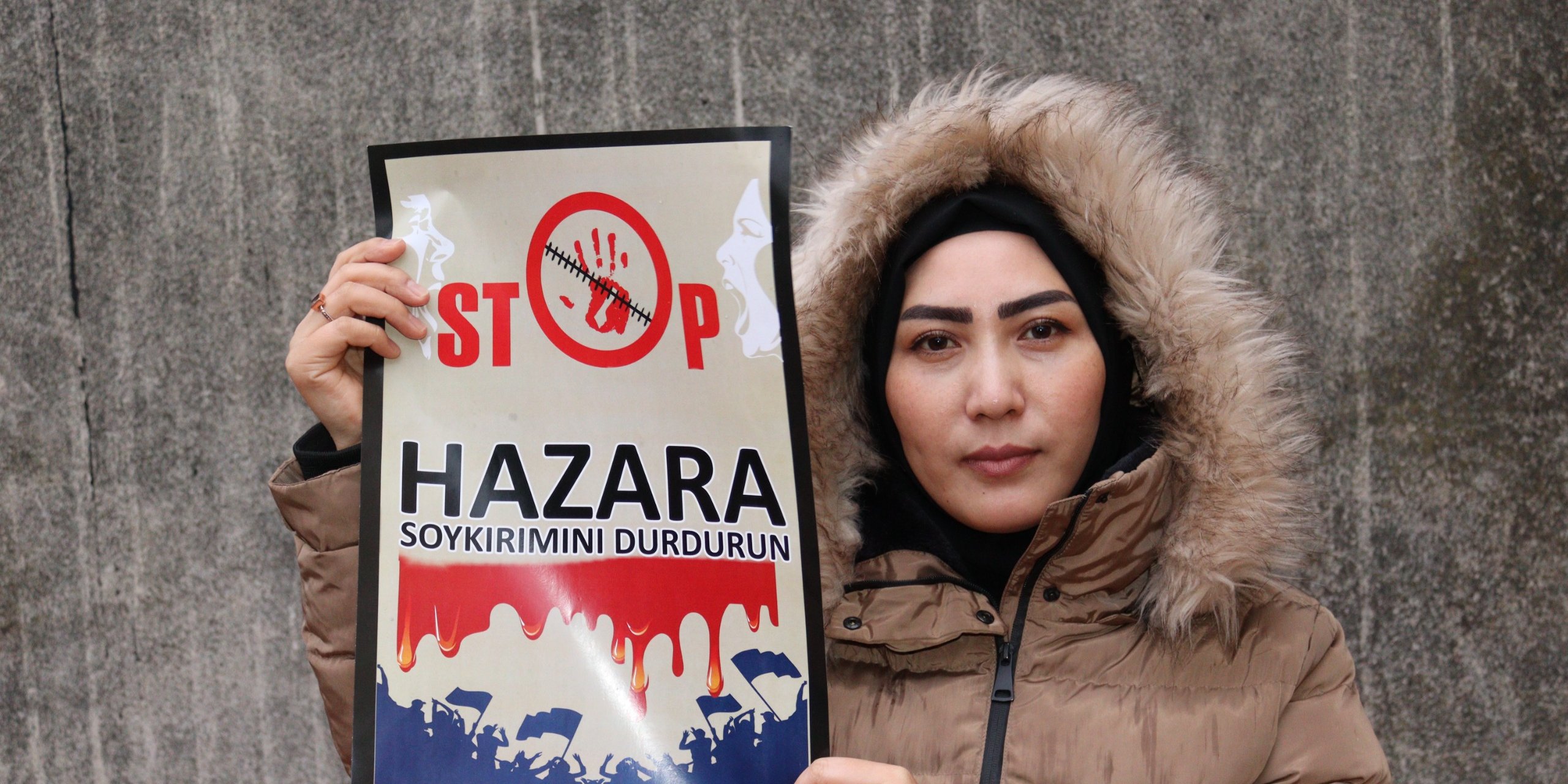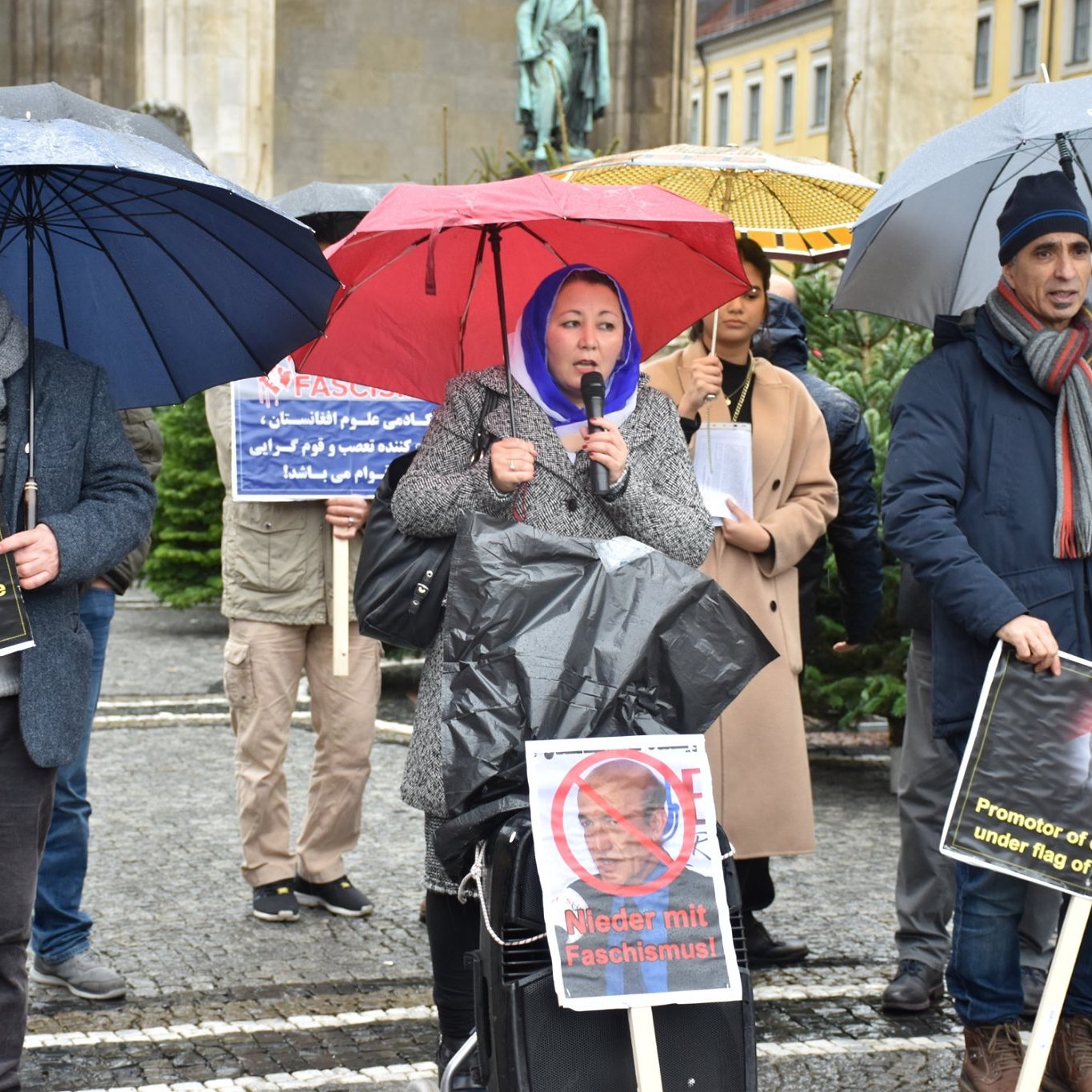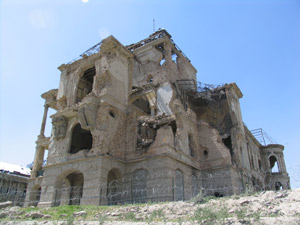
Amnesty International 2008 Report Released
Problems in Afghanistan discussed
Reading time: (Number of words: )
Amnesty International recently released it’s 2008 Report on the State of the World’s Human Rights. Afghanistan appears prominently. The initial numbers introduce a pretty bleak story:
Life expectancy: 42.9 years, Adult literacy: 28 percent, Death penalty: Yes, Under-5 mortality, nearly 25%. Presiding over all this is Head of state, Hamid Karzai, and his hand-picked slate government ministers and local governors.
Afghanistan is well into it’s seventh year of Western military occupation and attempts at re-construction. While there are pockets of improvement, in too many cases, there are indications of a drift back toward totalitarianism and increasing official corruption. A dissatisfied population, faces enduring, if not worsening situations of hunger, unemployment, poor medical care, a dysfunctional police and justice system, and an incompetent educational system. Infrastructure, like water, sanitation, transportation, and electricity are woefully inadequate or non-existent.
Graft, bribes, embezzlement, excessive consultant fees and bloated salaries for international aid workers have sucked millions of desperately needed dollars away from the most needy sectors like teachers, educational supplies, police, and medical facilities. The general population is discouraged at seeing many of the individuals who allegedly perpetrated crimes against humanity during the Afghan Civil War, and who aided and abetted the Taliban reign of terror are in positions of power, with little possibility of justice being done.
The Amnesty International Report Follows:
Abuses by the Afghan government
Justice system
In June an international conference highlighted serious and systematic flaws in Afghanistan’s administration of justice, including the Ministry of Justice, courts, prisons, the police, the army and the Afghan intelligence service, the National Directorate of Security (NDS), despite several years of international support to reform these institutions.
The NDS mandate continued to be opaque as the presidential decree that outlines its powers remained classified. In practice, the NDS appeared to continue to exercise extensive powers including detaining, interrogating, investigating, prosecuting and sentencing people alleged to have committed crimes against national security.
The lack of separation of these functions violated the right of suspects to a fair trial, contributed to impunity for perpetrators of human rights violations and undermined the rule of law. There were consistent reports of torture and other ill-treatment of detainees held by the NDS.
Other serious failings that continued to undermine the effective administration of justice included: a judiciary hampered by some unqualified judicial personnel; a poorly trained and paid police force; the threat to judicial independence through pressure from armed groups; and unfair trial procedures, including violations of the right to call and examine witnesses, and the denial of defendants’ rights to legal defence and access to information.
The lack of confidence in or access to the formal justice system resulted in reliance on informal justice systems, especially in rural areas where up to 80 per cent of cases were reportedly resolved using informal justice mechanisms.
Impunity
A culture of impunity continued, boosted in February by the introduction of the Amnesty Bill, which absolves the government of responsibility for bringing to justice suspected perpetrators of past human rights violations and crimes under international law, including war crimes and crimes against humanity. In December, President Karzai stated that his administration did not yet have the capacity to arrest and prosecute many of those responsible for past and continuing human rights abuses. Those accused of such abuses included members of parliament as well as provincial government officials.
There was no progress on the implementation of the Action Plan on Peace, Justice and Reconciliation in Afghanistan launched in February 2006.
Death penalty
Fifteen people were executed in October, the first executions for three years. One person sentenced to death allegedly bribed his way out of the execution; the 15 were gunned down as they attempted to flee the execution. The execution was immediately followed by a 10-day hunger strike by some prisoners in Pol-e Charkhi prison. The prisoners said that the executions were not based on fair and transparent trials, and that some were politically motivated. Between 70 and 110 people were believed to remain on death row.
Abuses by international forces
Killings of Civilians
International military forces reportedly caused the deaths of several hundred civilians. Some may have been victims of indiscriminate attacks in aerial bombardments and other operations that may have violated international humanitarian law. After several high-profile incidents in mid-2007 involving civilian deaths caused by international military forces, ISAF forces instituted new rules of engagement. It remained unclear what impact this had, although there were regular reports of disproportionate civilian casualties as a result of international military operations.
•On 4 March, following a suicide attack on a US convoy on the Jalalabad highway in Nangarhar province, US troops opened fire indiscriminately along a 12km stretch of road killing at least 12 civilians and injuring 35 people. Investigations by the Afghanistan Independent Human Rights Commission (AIHRC) found that US forces had used indiscriminate and excessive force. The US military referred the case to its Naval Criminal Investigative Service citing the need for further investigation.
Torture and other ill-treatment
ISAF forces continued to transfer detainees to the NDS, despite allegations of torture and other ill-treatment by the NDS. Attempts by international forces to monitor transferred detainees were inconsistently applied.
In addition, forces involved in the US-led OEF continued to transfer people to the NDS and to US-run detention facilities, including at Bagram airbase near Kabul. US authorities transferred more than 100 detainees from Bagram and Guantánamo to the newly refurbished D-Block of the high security Pol-e Charkhi prison outside Kabul. It was not clear who had oversight of the D-Block. About 600 detainees were believed to remain in Bagram at the end of the year.
Abuses by armed groups
Abductions and killings
Armed groups, including the Taleban, Hizb-e Islami and al-Qa’ida, deliberately targeted civilians as part of their ongoing struggle with the Afghan government and international military forces. This included killing people perceived to be working or co-operating with the Afghan government or international military forces. Mullah Dadullah, a Taleban commander, commented that kidnapping was a “good tactic”and encouraged Taleban fighters to use it more. There was a sharp rise in kidnappings across southern and south-eastern Afghanistan.
• Four Afghan provincial court employees were abducted by the Taleban while travelling in Andar district, Ghazni, on 24 July. Their bodies were found later by Afghan authorities.
• Taleban forces abducted 23 Korean nationals on 19 July while they were travelling through Ghazni. Two of the hostages were killed; the rest were released after six weeks’ captivity.
• Taleban forces abducted five Afghan and two German nationals on 18 July in Wardak province.One of the Afghans escaped and one of the Germans died in captivity. The remaining hostages were released in October.
Suicide attacks
Armed groups carried out some 140 suicide attacks against military and civilian targets, killing around 300 civilians.
• Up to 80 people were killed during a suicide bomb attack on 6 November at a ceremony in Baghlan province. Scores of people were injured. Some of the deaths and injuries may have been caused by guards of members of parliament present at the ceremony who apparently opened fire after the initial bomb attack.
• On 17 June, 24 people were killed and 35 injured by a suicide bomber aboard a bus transporting Afghan police trainees.
Killings following quasi-judicial processes
The Taleban and other groups unlawfully killed people following quasi-judicial processes.
• On 30 September, Taleban fighters seized Zainullah, a 15-year-old key maker, from the bazaar where he worked in Sangin district, Helmand province in southern Afghanistan. They accused him of being a spy and hanged him from an electricity pole with a note warning that others caught spying would suffer the same fate.
Freedom of expression
Severe restrictions on freedom of expression remained in place. Several journalists were arrested or intimidated and killed. Members of the AIHRC and representatives of national human rights organizations also faced threats.
The Journalists’ Independent Union of Afghanistan registered 53 cases of violence against journalists in 2007 by the Afghan government and Taleban insurgents. In six of the cases a journalist was killed.
• Zakia Zaki, who ran the private Peace Radio, was killed by gunmen in her home in the central province of Parwan on 5 June.
• Kamran Mir Hazar, a journalist for Radio Salaam Watandar and editor of the internet news service Kabul Press?, was arrested twice, apparently for criticizing the government, and subsequently released without charge.
Violence against women and girls
Women’s rights continued to be eroded in many areas. Women working for the government faced threats and several survived attempted assassinations.
• Massoma Anwary, head of the Department of Women’s Affairs in Ghor province, survived an assassination attempt in November.
A decrease in the number of attacks against schools allowed some schools in insecure areas to reopen and there was an overall rise in the number of children attending school. However, fears about safety meant many girls could not go to school. According to the AIHRC’s second report on economic and social rights, published in August, 36.1 per cent of school-aged girls were not attending schools due to issues of accessibility, including security.
This Amnesty International report re-iterates commonly known issues in Afghanistan. Increasing numbers of books, movies, bloggers, news stories, and media reports are bringing the world to a realization that attempts to create a functional democracy and framework for human rights in Afghanistan have been terribly inadequate. Much of this has been blamed on the mis-management of U.S. authorities and its shift of aid and expertise to the invasion of Iraq. The U.S. faces a new election, and American public opinion has moved significantly away from the current administration that oversees the Afghan disaster. With the upcoming elections in both Afghanistan and the U.S, it is hoped that the Amnesty InternationaI 2009 Report on Afghanistan will show marked improvement with a new day in American political leadership.
— Editorial Staff



